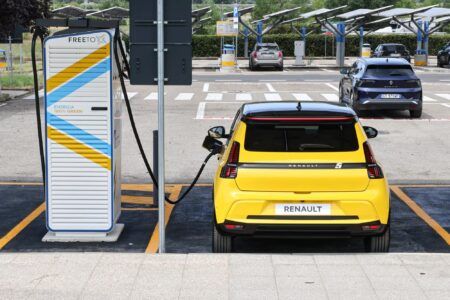In this opinion piece, Dan Reider, a mechanical engineer located in South Carolina, USA, explains why he believes prioritising EVs, without also promoting other low-carbon mobility solutions, may end up being the biggest mistake governments make when it comes to tackling emissions in the transportation sector.
While the issue of global warming continues to be a hot political issue, many believe that the reduction of CO2 emissions would be a good thing as long as it does not require a significant change in one’s lifestyle. On a global scale, gasoline powered automobiles and trucks generate close to 10% of all CO2 emissions.
Many see replacing these gasoline powered vehicles with electric vehicles (EVs) as one way to significantly lower the CO2 emissions from vehicles. In the United States, we are frequently told that we should follow the lead of other countries, such as the Scandinavian countries, with regard to environmental issues.
Major news outlets tout the changes to combat global warming taking place in countries such as Norway where now more than 75% of new car sales are EVs and where it is expected that those countries will no longer permit gasoline powered vehicles to be sold in the near future.
Norway’s EV experience
The Scandinavian countries have not always fully embraced EVs. The first EVs available, such as the Buddy and the Think cars, were almost comical looking vehicles and did not sell well anywhere despite some countries offering all sorts of benefits to incentivize the sale of EVs. Norway, for example, eliminated taxes when purchasing electric vehicles, eliminated road tolls for EVs, and eliminated parking fees for EVs. Even with those incentives, until around 2010 the EV sales in Norway were less than 1% of all new car sales.
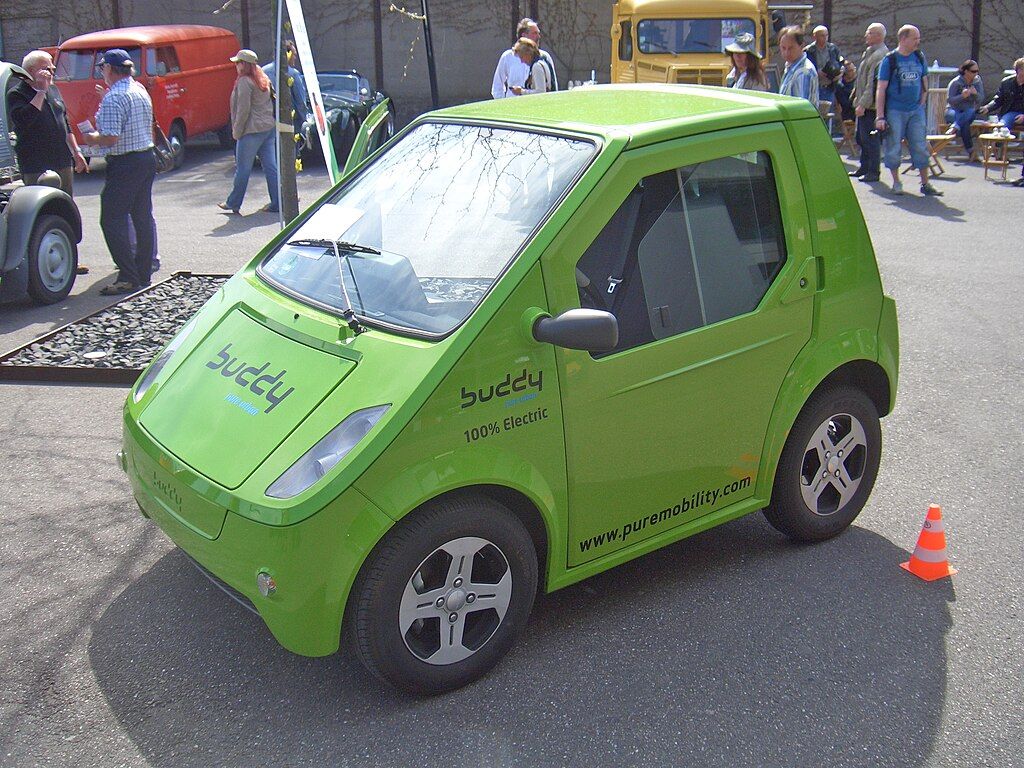
Shortly after that time, sales of EVs began to increase significantly with the introduction of more stylish, sporty, and high-performance vehicles such as the Tesla. Along with the increased sales of EVs where now more than 1 in 4 vehicles on the road are EVs, Norway saw a drop in vehicle emissions by more than 8%.
Norway is looked upon by the rest of the world as the model on how we all can help reduce global emissions and still maintain our lifestyle where we can easily move about the country travelling whenever we wish. EV sales in Norway have been so strongly supported by the government that there are now 10% more vehicles on its roads than in the past decade. The government leaders, transportation leaders, and others are very vocal touting their successes in Norway and other Scandinavian countries with the continued conversion of gasoline-powered vehicles to electric vehicles.
The EV alternatives
So, the question is – are the changes seen in Norway the direction other countries should head? Not everyone in Norway agrees that Norway’s transition to EVs was done properly. No one is disagreeing that the move from gasoline-powered vehicles to electric powered vehicles reduces emissions but the argument is being made that Norway chose to put more EVs on the road at the expense of improvements of mass transit (light rail and buses), biking (electric and pedal), and walkways (sidewalks primarily) in mid to large cities.
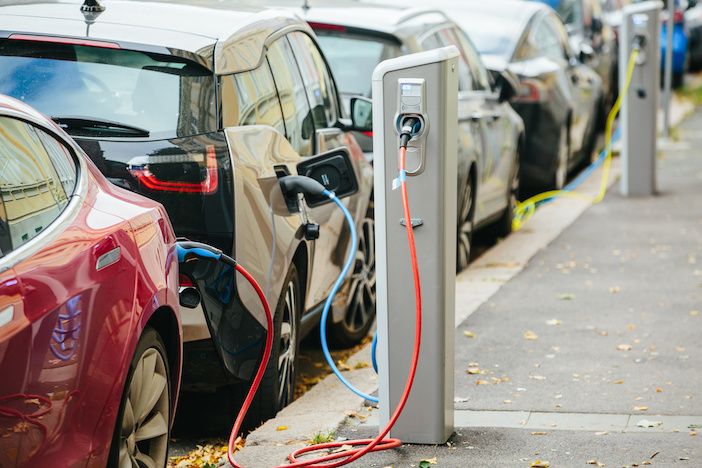
However, they now see that while electric vehicles help reduce emissions, reducing ones need to drive everywhere would help much more to reduce emissions than just driving electric vehicles. If the emphasis of major cities had been to also support mass transportation, biking and walking options, the number of EVs on the road at any given time would be reduced and, in some cases, could have been substantially reduced.
“Climate change gave Norway an opportunity to change how we travel. I worry that we had this once-in-a-generation chance to fix our transportation network, and we blew it”
Ulrik Eriksen, author of A Country on Four Wheels
This would have done much more for the environment then simply increasing the number of EVs on the road while still allowing individuals to maintain the ability to move about whenever desired. Ulrik Eriksen, author of A Country on Four Wheels, was quoted saying, “Climate change gave Norway an opportunity to change how we travel. I worry that we had this once-in-a-generation chance to fix our transportation network, and we blew it.”
Norway, after recognizing that they missed a great opportunity to further reduce emissions, reduce some road congestion, and avoid the cost of much additional highway construction is making a strong effort to correct this error. Norway’s largest cities have spent a part of the past decade making changes to improve safe bike lanes, adding sidewalks, and greatly improving mass transportation options in some areas.
Some complain that funding for such projects is limited since these projects are partially funded by road tolls. As EVs are exempt from paying such tolls, the amount of funds generated is reduced. And since there are many more vehicles on the roads, a larger portion of these funds are allocated towards making needed road and highway improvements.
Where is the USA heading?
So, what direction will the United States chose to go? Does the United States even have a comprehensive plan? Much of the work in the transportation sector in the US is funded by gasoline taxes. As more and more EVs are purchased and the amount of gasoline purchased per household decreases, the revenue for construction of roads, bridges, rail systems, etc. is decreased.
We have heard several suggestions on how EVs might have to contribute towards the funding of transportation needs but to date no specific plan has been approved. The other part of the equation is the question of whether or not the US has any interest in improving any mass transportation options, biking options, etc. in mid to large cities to reduce the number of vehicles, EVs and others, on the roads?
In my home town of Columbia, SC, approximately $2B is currently being spent on road, bridge and highway interchange upgrades predominantly to reduce travel times during the busiest morning and evening commutes by 5-10 minutes. This is also being done to support more and more vehicles on the road as the population in the area continues to increase.
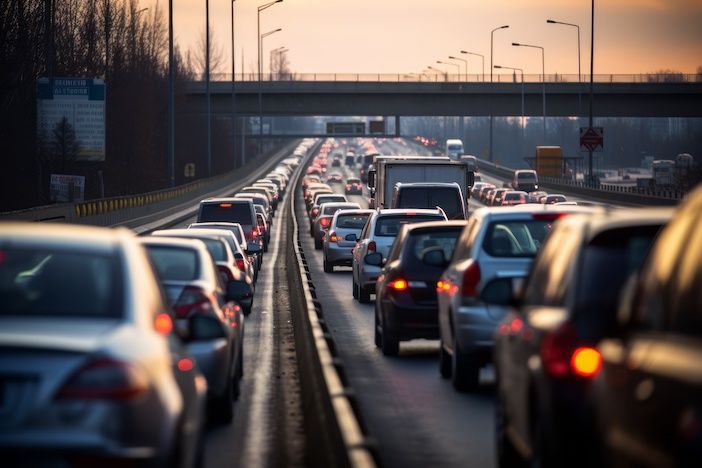
A light rail system was discussed more than 30 years ago but was dismissed with the thought that people would never want to use this type of system to get to work in lieu of driving their own vehicle. I have not heard of any discussion in recent years to reduce peak travel congestion other than building more roads. I have to assume based upon travelling through many other mid-sized US cities that those cities are also spending billions of dollars on road improvements without any real consideration given to transportation alternatives.
“If you start with a national goal for reducing transportation emissions, it will force you to focus more on public transportation and less on road construction”
Bjorne Grimsrud, director, Norwegian Transportation Research Center
A few months ago, I brought up on the National Society of Professional Engineer’s (NSPE) website the question of whether or not there were any cities in the US that strongly supported safe bicycle (electric or pedal) travel to reduce automobile traffic. I pointed out that having an 18-inch strip of road next to vehicles travelling 40 or 50mph could not be considered conducive for safe bicycle traffic. The response I got indicated to me that maybe two or three engineers felt that their town could be considered a bicycle friendly town. If this is the case, it would show that the US is not putting any real effort anywhere to promote any alternative forms of transportation.
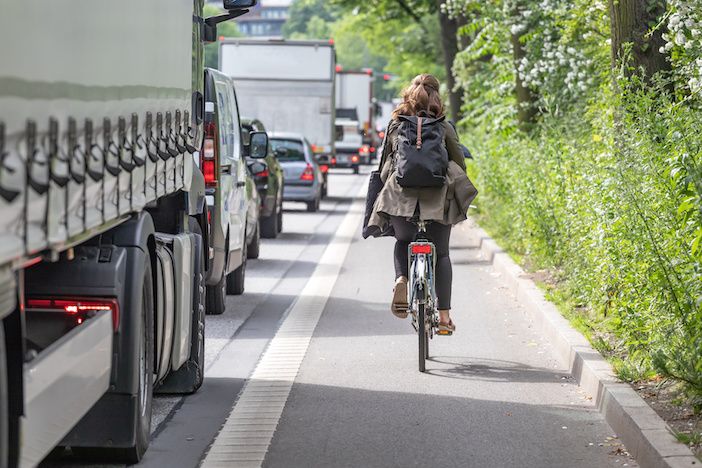
Recently Bjorne Grimsrud, director of Norway’s transportation research center said, “If you start with a national goal for reducing transportation emissions, it will force you to focus more on public transportation and less on road construction”. However, the United States, while increasing its efforts to reduce vehicle emissions with EVs, is also making the same mistake as Norway did a decade ago – only on a much larger scale. If the US is truly interested in reducing carbon emissions by automobiles, should there not be more discussion involving transportation alternatives in mid-sized and large US cities?





